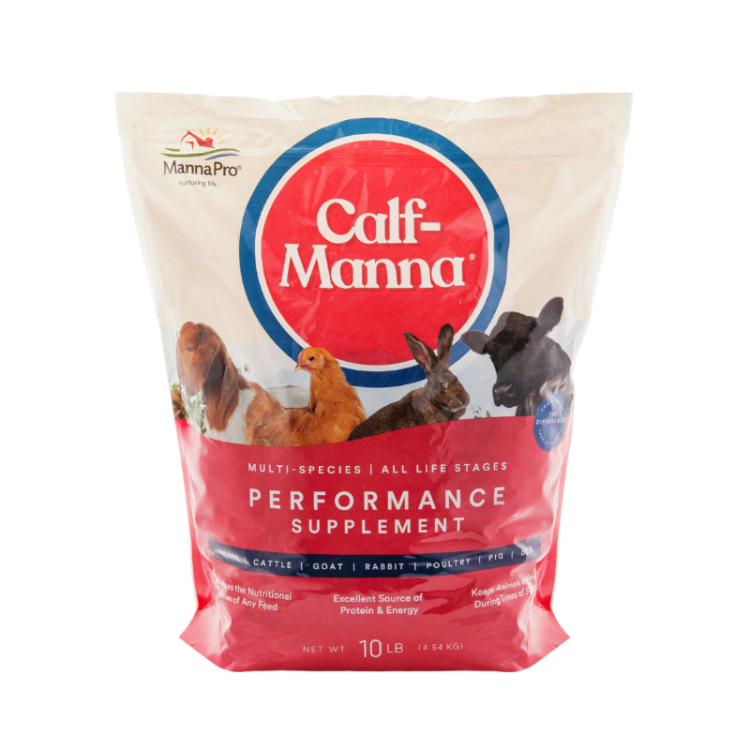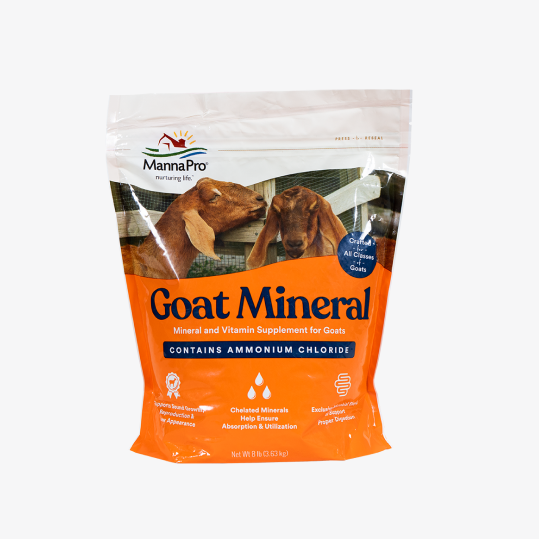Posted by Jennifer Sartell, Professional Homesteader & Blogger, Mon, Mar 2, 2015

One of the most amazing things about raising animals is witnessing the process of birth. Every step of the way presents a new miracle to behold. The hours I spend in the barn with our goats awaiting the arrival of kids has created some of the most cherished memories of my life. It’s true life in the barn. Raw life. And it’s beautiful.
If you’re raising goats and preparing for your first birth, it’s important to remember that first and foremost, a goat already knows what to do. She carries thousands of years of instinctual knowledge from the generations of goats that came before her. Our job, as humans, is to make her comfortable in the environment we have created for her. To supply her things her body needs and to trust our animals. Be patient, try to be calm and let her body do what it was programmed to do.
Breeding Season: Heat and Rut
A goat’s life is cyclical. Each season of the year calls her body to change slightly and prepare for the arrival of her new kids. Let’s begin in the fall.

Heat is the time at which a female goat is fertile. Most goat breeds go into heat once a year, in the autumn, while others can go through several heat cycles. For the most part, the fall heat is the strongest and most reliable.
How often your goat comes into heat depends on the breed and the type of climate in which they were originally meant to live. For example, Nubians were originally bred in Africa where the climate is always warm. Because of this, they can go into several heats per year. Other breeds, like Alpines, go through only one heat in the fall because they are from a climate that experiences harsh winters. Going into heat in the fall allows them to give birth in the spring, after the dangers of terrible cold have passed.
You need to know if your doe is in heat so that you can introduce a buck to her at the right time. This is especially important if you are using a stud service, in which you (in a sense) rent a buck to come impregnate your girls.
Before your doe goes into heat, get a working knowledge of what her vulva area looks like. When she’s in heat it will swell slightly and sometimes leak fluid. She also might display some behavior changes such as showing extra affection, calling to the buck (if he’s near), riding other goats, or rubbing her head and neck on them. She also might seem uppity or frantic and become more vocal. I’ve found this to be especially true of Nubians.

Male goats also experience a time of active fertility in the fall. This is called the rut. There is no mistaking a buck in rut. His display is quite obvious, and a bit hilarious or even appalling at times. When the buck is in rut he will moan, flap his tongue, snort, urinate on his face and chest, and ride everything in sight. You will also find your buck rubbing his head on as many surfaces as he can reach, and he will smell atrocious! The musky smell comes from a gland at the base of his horns that secretes pheromones to attract potential mates. He rubs the pheromone to spread a message to the girls that he is ready for action.
Gestation and Calculating Due Dates
In our herd, we assume the conception date to be the day on which we introduce the buck. This way, we are prepared for the earliest possible chance of pregnancy. The gestation period for a goat is approximately 150 days. We use the introduction date + 150 days to calculate our due dates and begin preparing for births at least two weeks beforehand just to be safe.
In the beginning, it’s impossible to tell just by looking whether a pregnancy has resulted. But as the doe gets further into her pregnancy you will begin to see signs. (If you simply can’t wait, there are blood tests that your veterinarian can do to determine a successful pregnancy.)
She might begin to round out in the belly area. Some goats, especially the smaller breeds, become very wide; however, don’t use this sign as an absolute. Some goats barely show that they are pregnant, even up to their due date. We’ve experienced this with our Angoras.
Around the 120-day mark, you can often feel (or see) the babies kicking. This is an amazing experience! Place you hand on her lower right side, near the groin and in front of the hip on her belly, and you might be greeted with a hoof or probing nose.
If your doe has given birth before, she might also begin making her udders around day 120. If it’s her first pregnancy this may come later—as late as one week before she’s ready to deliver. But if she’s a seasoned doe, she will probably start making them about a month before. Her udders will begin to round out, and her teats will lengthen and grow in circumference. If she’s a first-timer, her udders might hold tight and firm to her body. Check the tips of her teats for a waxy substance. These are the caps that form to keep bacteria from entering the teat.





